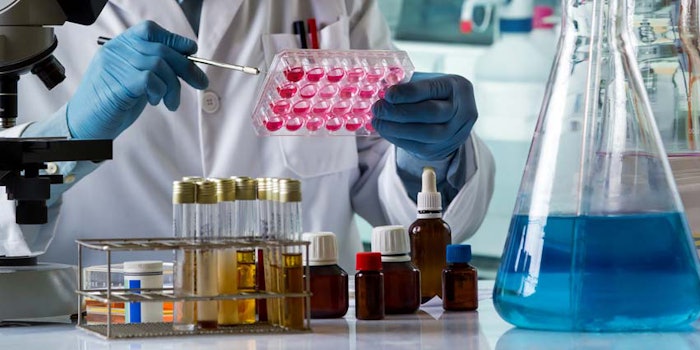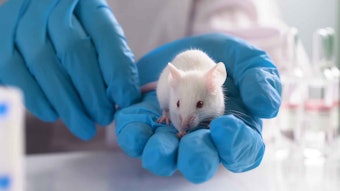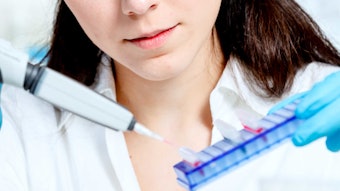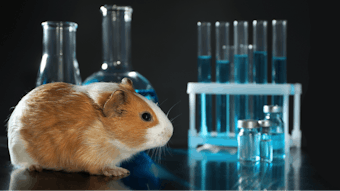
Dental medicine may not be the first field you think of when it comes to developing skin test substrates but researchers from the University School of Dental Medicine in Boston have published an approach to produce 3D skin-like tissues with potential cosmetic application.
According to the article abstract, published in Tissue Engineering and Regenerative Medicine, specific factors can improve in vitro 3D skin tissues: human‐derived extracellular matrix (ECM), higher throughput tissue formats and greater cellular complexity. The present work addresses these factors.
The researchers demonstrated that human adult and neonatal fibroblasts deposit an endogenous ECM de novo to support full epithelial tissue development and differentiation. These were miniaturized into a 24‐well format to adapt for eventual higher throughput screening.
Furthermore, monocytes from peripheral blood can be incorporated into this model as macrophages to increase tissue complexity. This model could screen for inflammatory responses in human skin.






![A 2019 petition to the House of Commons stated, 'We, the undersigned residents of Canada, draw the attention of the House of Commons ... [that] animal testing is unnecessary to prove the safety of cosmetic products.'](https://img.cosmeticsandtoiletries.com/files/base/allured/all/image/2023/01/animal_testing_ban_canada_dreamstime_m_215632720.63d313232306d.png?auto=format%2Ccompress&fit=crop&h=191&q=70&rect=0%2C73%2C1800%2C1013&w=340)



